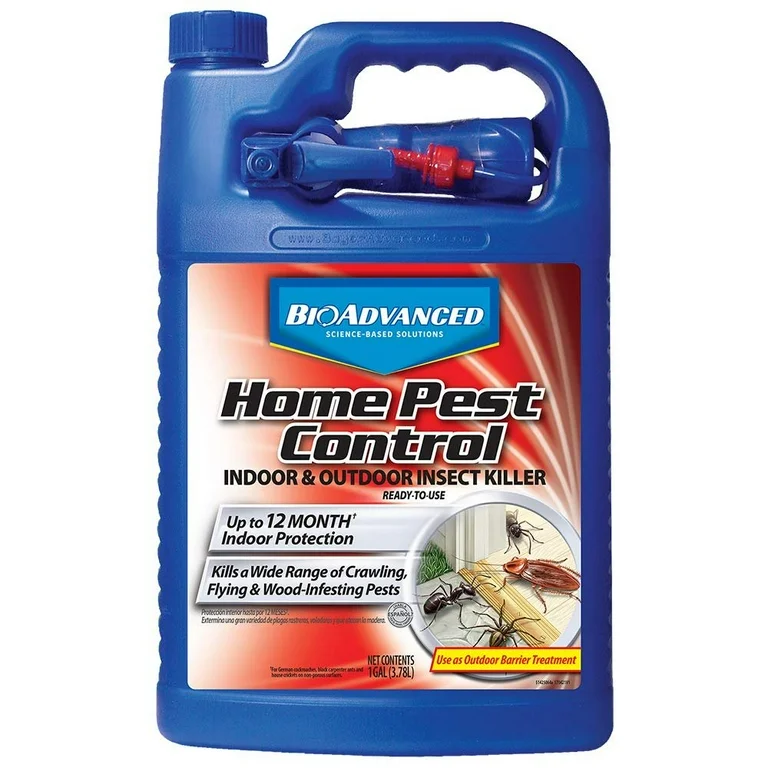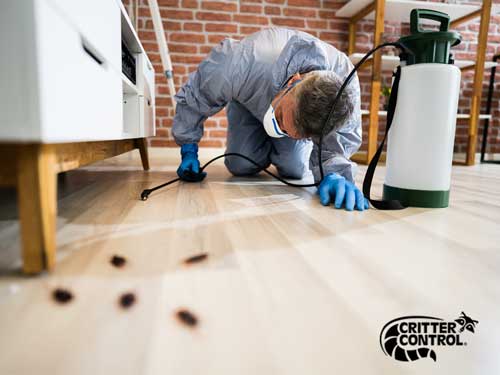Professional A1 Charlotte Bed Bug Exterminator - Quality Service Guaranteed
Professional A1 Charlotte Bed Bug Exterminator - Quality Service Guaranteed
Blog Article
Bed Insect Therapy Failure: Comparing Chemical Vs. Non-Chemical Solutions
In the world of insect control, especially when managing the persistent problem of bed bugs, the choice between chemical and non-chemical treatment options can be a pivotal one. Both techniques supply distinctive advantages and disadvantages, affecting elements such as efficiency, security considerations, and total cost. By taking a look at the nuanced information of each approach, a more clear understanding of which course to pursue in dealing with a bed insect infestation can be achieved.
Performance of Chemical Therapies
Chemical therapies for bed pest problems have been commonly recognized for their rapid and potent effectiveness in removing these bugs. When thinking about the effectiveness of chemical therapies, it is critical to recognize that they can offer a thorough and fast service to a bed insect problem. Specialist pest control operators usually rely upon insecticides to target bed insects at various phases of their life cycle, including grownups, nymphs, and eggs. These chemicals commonly work by disrupting the bed pests' nerve system, resulting in paralysis and eventual death.
Furthermore, chemical therapies have the benefit of providing recurring effects, meaning that they can proceed to remove bed insects also after the first application. This recurring activity is particularly beneficial in combating any type of potential re-infestations. Furthermore, the quick action of chemical therapies can bring relief to people facing serious bed pest invasions, allowing them to gain back control of their living spaces rapidly.
Security Interest In Chemical Solutions
One critical element that requires cautious consideration when using chemical solutions for bed insect therapy is making sure the safety and security of owners and the atmosphere. Exposure to specific chemicals used in bed pest treatments can lead to respiratory issues, skin inflammation, or various other negative responses, especially in people with pre-existing conditions or level of sensitivities.
Furthermore, the ecological influence of chemical solutions is another considerable factor to consider. Some pesticides utilized in bed bug treatments might be damaging to helpful bugs, wild animals, and ecosystems if they leach right into the dirt or water supply. It is vital to utilize chemical therapies deliberately, complying with safety and security guidelines, and thinking about much less poisonous options to minimize these risks and guarantee the efficient and risk-free monitoring of bed pest problems.
Benefits of Non-Chemical Methods
Thinking about the potential safety and security worries and environmental impact connected with chemical options for bed insect treatment, checking out non-chemical techniques provides an appealing option with several unique benefits. Non-chemical methods offer a safer choice for families, specifically those with kids, individuals, or animals conscious harsh chemicals. These approaches eliminate the threats of exposure to hazardous compounds, decreasing the potential for adverse health and wellness impacts. Additionally, non-chemical treatments are environmentally friendly, as they do not contribute to air or water contamination, making them a sustainable selection for bug control.
Additionally, web link non-chemical options can be efficient in targeting bed bugs, including hard-to-reach areas where chemical therapies may not pass through. Methods such as warmth treatment, vacuuming, vapor cleaning, and bed mattress encasements provide thorough removal without making use of dangerous chemicals. Furthermore, non-chemical strategies can be this link less turbulent, requiring marginal prep work and permitting quicker reentry right into dealt with areas. Generally, selecting non-chemical bed insect therapy approaches not only prioritizes safety and ecological protection however additionally ensures detailed and reliable pest control.
Limitations of Non-Chemical Treatments

Additionally, non-chemical therapies often need numerous applications to achieve effective obliteration. This can be lengthy and may not always assure full elimination of all bed bugs and their eggs, especially in hidden or hard-to-reach locations.
Furthermore, the success of non-chemical therapies heavily depends on appropriate execution and thoroughness, which can be testing for people without specialist expertise. Inadequate application of non-chemical approaches may lead to incomplete removal, visit this site resulting in persistent infestations and the requirement for extra treatments.
Therefore, while non-chemical treatments have their benefits, it is vital to acknowledge these limitations and consider them when figuring out the most reliable method for taking care of bed bug invasions.
Price Contrast: Chemical Vs. Non-Chemical Options
Offered the constraints linked with non-chemical treatments, a crucial aspect to review in the context of bed bug monitoring is the cost comparison between chemical and non-chemical options. Chemical treatments normally entail the application of pesticides by experts, which can vary from $250 to $900 per room, relying on the severity of the invasion and the size of the location to be dealt with. On the other hand, non-chemical treatments like warmth therapy or steam can be a lot more costly, with expenses ranging from $1,000 to $6,000 for a whole home. While the preliminary price of chemical therapies may appear reduced, several treatments may be called for to totally remove the infestation, possibly increasing the overall cost. On the various other hand, non-chemical choices may offer an extra environment-friendly and lasting service, although they can be cost-prohibitive for some individuals. Ultimately, when thinking about the cost of bed pest therapy alternatives, it is vital to evaluate the ahead of time costs against the efficiency and long-term sustainability of the picked method.
Conclusion

Taking into consideration the prospective security concerns and environmental influence associated with chemical remedies for bed bug treatment, checking out non-chemical techniques offers an appealing alternative with several unique benefits.Offered the constraints connected with non-chemical treatments, a necessary facet to review in the context of bed pest management is the cost comparison between chemical and non-chemical choices. In comparison, non-chemical therapies like warmth therapy or vapor can be more costly, with prices varying from $1,000 to $6,000 for an entire home. While the first cost of chemical therapies might appear reduced, numerous therapies might be required to fully remove the invasion, possibly enhancing the general cost.In final thought, when comparing chemical and non-chemical bed insect treatment options, it is crucial to consider performance, safety and security, advantages, restrictions, and cost.
Report this page